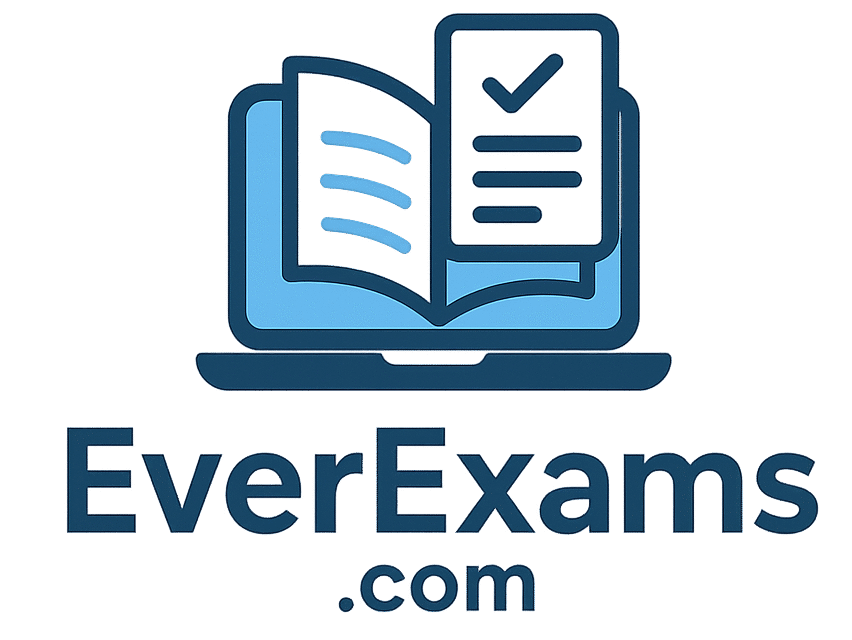Tag: filling and packaging mcqs
-
Filling, Packaging, and Materials Used in Packaging MCQs
Master Filling, Packaging, and Materials Used for Packaging with targeted MCQs. Learn about packaging types, materials, and techniques to excel in exams with confidence.

